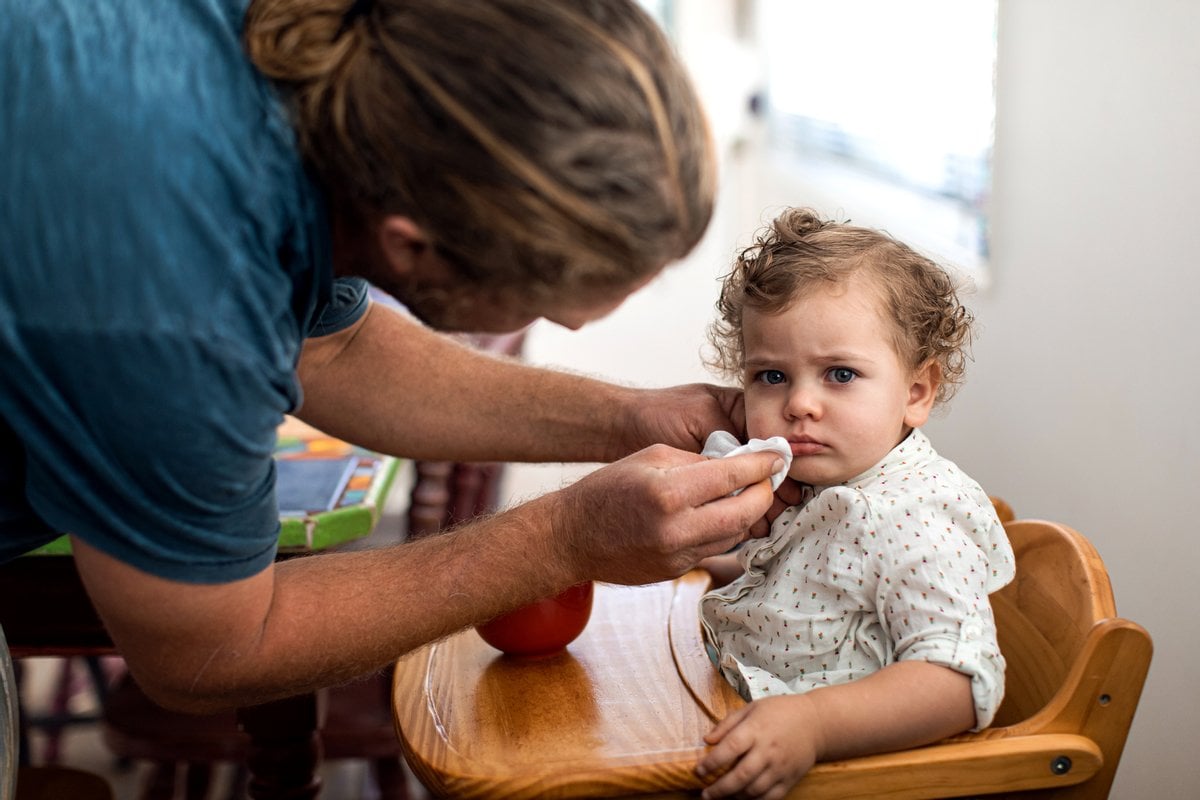

As a parent, watching your child figure out how to navigate their allergies can feel like you're living in a never-ending cycle of sneezing, itchy eyes and runny noses.
And if you’ve ever battled allergies yourself, you might be bracing for the possibility that your child could be following in your sneezy footsteps.
Well, it's a common concern, and the stats back it up: if you have allergic rhinitis (hay fever), there’s a 30 to 50 per cent chance your little one might develop it, too. And if both you and your partner have allergies? That chance jumps to between 60 and 80 per cent. Talk about winning the genetic lottery.
Yet, despite these numbers, many cases of allergies in children go undiagnosed because symptoms can be confused with the common cold.
In fact, recent research has found that around 56 per cent of kids are thought to have allergies, only 20 per cent have actually been identified.
But the good news? Allergies in kids can be treated and managed effectively — once you know what to look out for.
There are options like Zyrtec that have a range of fast-acting allergy relief products specifically formulated for kids, all conveniently available from your local pharmacy or supermarket — no script needed.
Their range includes chewable tablets (ideal for kids transitioning from liquids to solid formats — or even for kids on-the-go as no water needed to wash it down!), and liquid formulations (from the pharmacy only) that offer up to 12 hours of relief from hay fever and allergy symptoms. Think sneezing, runny nose, watery and itchy eyes, and itchy skin rash.
They're a brand also free from sucrose, gluten and dyes — and with kid-friendly flavours like grape and bubblegum, it's actually easy for kids to take.
